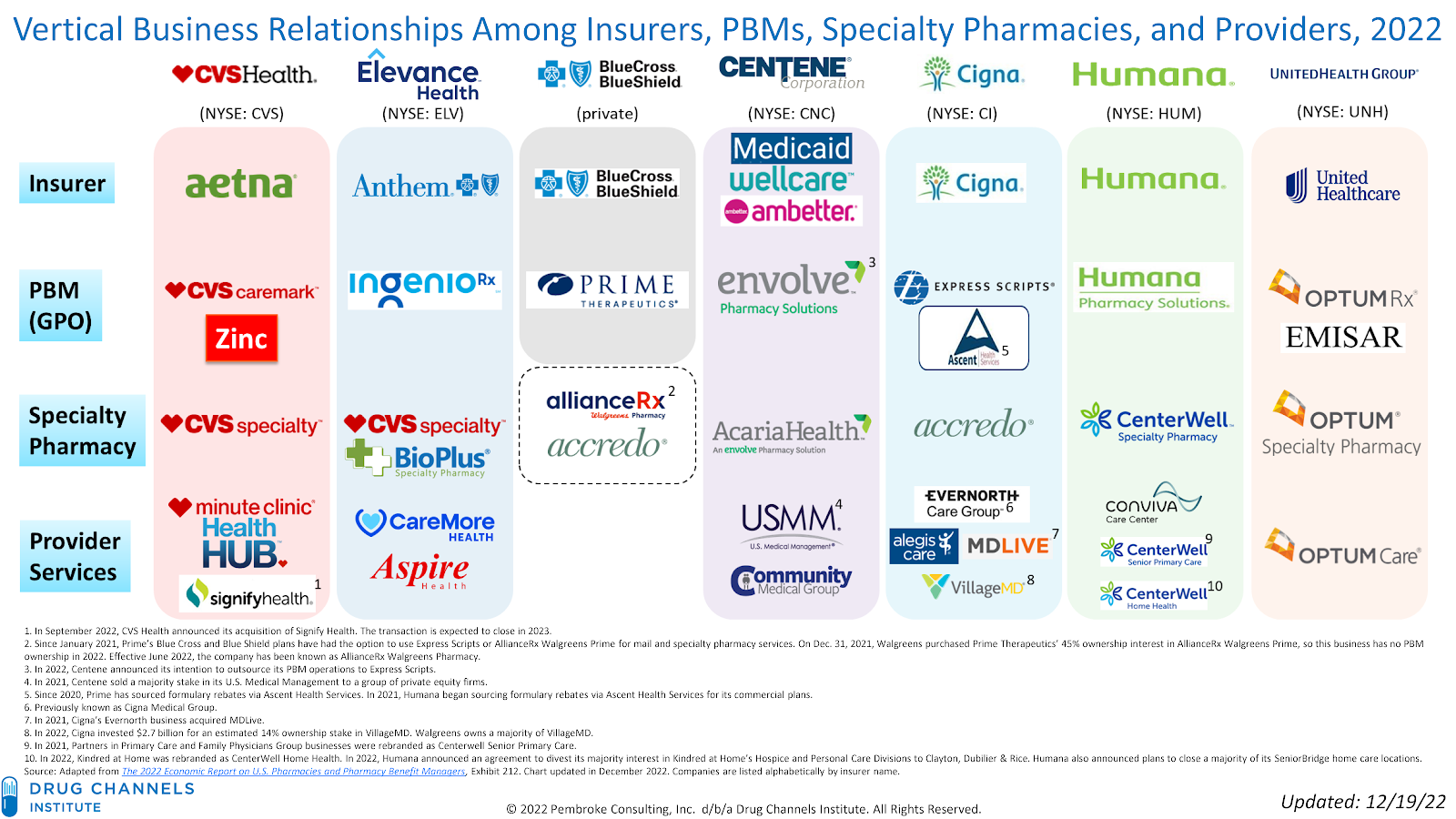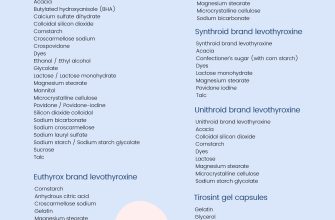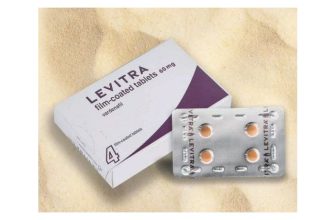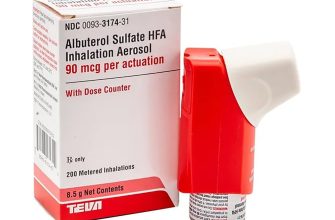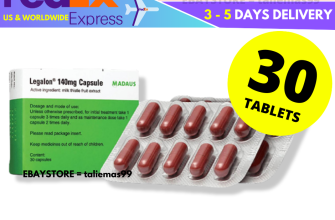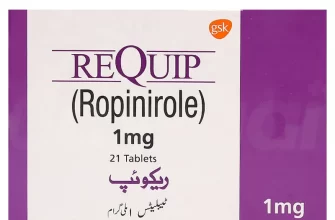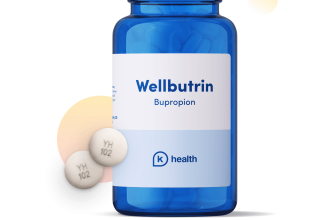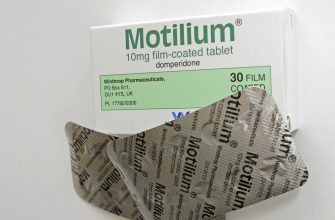Need prescription drugs without the hefty subscription fees? Explore online pharmacies offering competitive pricing and convenient access. Many reputable providers offer a wide range of medications at significantly lower costs than traditional brick-and-mortar pharmacies. Compare prices from several licensed providers to ensure you are getting the best deal.
Focus on pharmacies with a proven track record and positive customer reviews. Check licensing and accreditation information readily available on their websites. Look for transparent pricing structures and clear details on shipping and delivery times. Don’t hesitate to contact customer service with questions before making a purchase; a responsive support team indicates a reliable service.
Remember to always verify your prescription details before ordering. Compare the medication details carefully against your prescription to avoid any errors. For your safety and peace of mind, prioritize pharmacies that provide secure online ordering systems and utilize robust encryption protocols to protect your personal information during transactions.
Disclaimer: This information is for guidance only and does not constitute medical advice. Always consult your doctor or pharmacist before starting, stopping, or altering any medication.
- USA No Subscription Pharmacy: A Comprehensive Guide
- Finding Legitimate No-Subscription Pharmacies
- Understanding the Costs of Prescription Drugs Without Insurance
- Negotiating Prices Directly with Pharmacies
- Exploring Manufacturer Coupons and Patient Assistance Programs
- Considering Generic Alternatives
- Utilizing Prescription Drug Discount Cards
- Exploring Options for Low-Income Individuals
- Comparing Prices Across Pharmacies
- Comparing Prices Across Different No-Subscription Pharmacies
- Verifying the Legitimacy of Online Pharmacies
- Security Measures
- Accreditation and Certifications
- Pricing and Transparency
- Ensuring the Safety and Security of Your Medication Orders
- Secure Payment Methods
- Data Protection
- Order Tracking and Confirmation
- Medication Verification
- Dispute Resolution
- Exploring Payment Options for No-Subscription Purchases
- Other Payment Methods
- Confirming Payment Information
- Security
- Understanding Potential Risks and Side Effects of Medications
- Managing Your Prescriptions Effectively Without a Subscription
- Understanding Your Insurance Coverage
- Utilizing Local Resources
- Navigating Potential Legal and Ethical Considerations
USA No Subscription Pharmacy: A Comprehensive Guide
Find affordable medications without a subscription by utilizing independent pharmacies, comparing prices online using pharmacy comparison websites, or exploring patient assistance programs. These options offer viable alternatives to traditional subscription models.
Independent pharmacies often offer competitive prices, particularly on generic medications. Research local options near you and directly compare their prices. Many offer personalized service and may be more flexible with payment options than larger chains.
Online pharmacy comparison websites simplify the process of price-checking. These websites aggregate pricing information from various pharmacies, enabling you to quickly identify the best deals. Remember to verify the legitimacy of any online pharmacy before placing an order.
Patient assistance programs (PAPs) are sponsored by pharmaceutical companies or non-profit organizations and can provide free or discounted medications to individuals who meet specific financial and health criteria. Eligibility requirements vary significantly depending on the program and the medication.
| Option | Pros | Cons |
|---|---|---|
| Independent Pharmacies | Personalized service, competitive pricing, flexible payment options. | May require more research to find the best deals, availability may vary. |
| Online Pharmacy Comparison Websites | Quick and easy price comparison, broad selection. | Requires careful verification of pharmacy legitimacy, potential for misleading information. |
| Patient Assistance Programs | Free or significantly discounted medications. | Strict eligibility requirements, limited availability for specific medications. |
Always consult your doctor or pharmacist before changing medications or making significant alterations to your prescription plan. Verify the legitimacy of any online pharmacy or program before providing personal information or making a purchase.
Finding Legitimate No-Subscription Pharmacies
Verify the pharmacy’s license with your state board of pharmacy. This confirms they operate legally.
Check for accreditation from organizations like the Verified Internet Pharmacy Practice Sites (VIPPS) program. VIPPS accreditation signals adherence to high standards.
Scrutinize the website for secure connections (HTTPS) and a physical address. Legitimate pharmacies provide contact information readily.
Review online reviews and ratings from trusted sources like independent review sites. Pay attention to both positive and negative feedback.
Confirm the pharmacy’s policies on returns, refunds, and customer service. Clear policies indicate a reputable business.
Compare prices across multiple pharmacies, but prioritize legitimacy over the lowest cost. Beware of suspiciously low prices.
Never share personal or financial information with a pharmacy that feels untrustworthy. Your security is paramount.
If you have concerns about a specific pharmacy, contact your doctor or a consumer protection agency for guidance.
Understanding the Costs of Prescription Drugs Without Insurance
Check GoodRx or similar websites for potential discounts. These sites aggregate prices from various pharmacies, often revealing significant savings. Many offer coupons you can present at the counter.
Negotiating Prices Directly with Pharmacies
Don’t hesitate to ask your local pharmacy about their cash price or any available discount programs. Some pharmacies offer lower prices for those paying without insurance. Be polite but firm in explaining your financial situation.
Exploring Manufacturer Coupons and Patient Assistance Programs
Many pharmaceutical companies offer patient assistance programs (PAPs) or coupons that can drastically reduce your out-of-pocket costs. Search the manufacturer’s website or consult your doctor for information about available programs. Eligibility requirements vary.
Considering Generic Alternatives
Generic medications are chemically equivalent to brand-name drugs but significantly cheaper. Always ask your doctor if a generic alternative is available and safe for you. This often represents a substantial cost saving.
Utilizing Prescription Drug Discount Cards
Several organizations offer prescription drug discount cards. These cards provide discounts on medications at participating pharmacies. Compare different cards to find the one offering the best savings on your specific medications. Be aware that some cards may have restrictions or limitations.
Exploring Options for Low-Income Individuals
If you have a low income, explore state and federal programs like Medicaid or the 340B drug pricing program. These programs may offer subsidized or discounted medications depending on your eligibility.
Comparing Prices Across Pharmacies
Don’t assume your local pharmacy offers the lowest price. Call several pharmacies in your area and compare their prices before purchasing your medication. This simple step can save you money.
Comparing Prices Across Different No-Subscription Pharmacies
Start by checking several pharmacies’ websites directly. Don’t rely solely on price comparison sites; they may not always be up-to-date.
Use specific medication names and dosages for accurate quotes. Generic medications often offer significant savings.
- Example: Compare prices for “Amoxicillin 500mg 20 capsules” across at least three different no-subscription online pharmacies.
Consider factors beyond price: Shipping costs and speed matter. A slightly higher price with free, fast shipping might actually save you money and time.
- Check shipping fees: Many pharmacies offer free shipping over a certain order total.
- Review shipping timelines: Compare delivery estimates to find the fastest option.
Read customer reviews. Look for reviews discussing experiences with order fulfillment and customer service.
- Pay close attention to comments about delivery times and package condition.
- Trustpilot and other review sites offer a good starting point.
Verify pharmacy legitimacy. Ensure the pharmacy is licensed and accredited. Check for verification seals and contact information.
- A lack of transparency should raise a red flag.
- Confirm their physical address is easily verifiable.
Create a spreadsheet. Organize your findings neatly. This allows for easy comparison across pharmacies and helps avoid confusion.
- Include columns for medication name, dosage, price, shipping cost, shipping time, and pharmacy name.
Remember: The lowest price isn’t always the best deal. Prioritize reputable pharmacies that prioritize patient safety and offer reliable service.
Verifying the Legitimacy of Online Pharmacies
Check the pharmacy’s license and registration. Verify this information with your state’s board of pharmacy or a similar regulatory body. Look for a physical address; avoid pharmacies operating solely online.
Security Measures
Secure websites use HTTPS (look for the padlock icon in your browser’s address bar). Legitimate pharmacies clearly display their privacy policy and terms of service. They also protect customer data using encryption.
Scrutinize the pharmacy’s contact information. A legitimate pharmacy provides multiple ways to contact them – phone, email, and physical address. Be wary of pharmacies with only limited or vague contact details.
Accreditation and Certifications
Search for accreditation from organizations like the Verified Internet Pharmacy Practice Sites (VIPPS). This accreditation shows adherence to high standards. Look for seals of approval from reputable organizations.
Review customer testimonials and independent reviews. Check sites like Trustpilot or other review platforms for feedback from other customers. Pay attention to recurring positive or negative comments about the pharmacy’s service and medication quality.
Pricing and Transparency
Be cautious of unusually low prices. Extremely cheap medications may signal a lack of quality control or counterfeit drugs. Transparent pricing policies are a good sign of a legitimate operation.
Compare prices across several verified online pharmacies. This helps you ensure you are getting a fair price for your prescription drugs.
Ensuring the Safety and Security of Your Medication Orders
Verify the pharmacy’s license and accreditation with your state’s board of pharmacy. Check for independent verification, like a Better Business Bureau rating or customer reviews on reputable sites.
Secure Payment Methods
Use only secure payment gateways–look for HTTPS in the URL and security icons. Avoid pharmacies requesting payment via wire transfer or untraceable methods. Credit cards offer better buyer protection than debit cards.
Data Protection
Confirm the pharmacy’s privacy policy clearly outlines how they protect your personal and health information. Look for compliance with HIPAA or similar regulations. A secure website uses SSL encryption.
Order Tracking and Confirmation
Expect order confirmation emails with tracking numbers. Monitor the shipment’s progress. Report any discrepancies immediately to the pharmacy and your shipping carrier. Familiarize yourself with the pharmacy’s return policy.
Medication Verification
Upon receiving your medication, carefully inspect the packaging for damage or tampering. Verify the medication matches your prescription. Report any inconsistencies to your doctor and the pharmacy.
Dispute Resolution
Understand the pharmacy’s procedures for handling complaints or disputes. Keep records of all communications, including order details, payment confirmations, and correspondence with the pharmacy.
Exploring Payment Options for No-Subscription Purchases
Most pharmacies accepting no-subscription purchases offer standard payment methods. Expect to find credit and debit card options (Visa, Mastercard, American Express, Discover). Many also accept PayPal.
Other Payment Methods
Some pharmacies may provide additional options. Check if they accept prepaid debit cards or health savings account (HSA) and flexible spending account (FSA) cards. Confirm this directly with the pharmacy before purchasing.
Confirming Payment Information
Always verify the pharmacy’s accepted payment methods before finalizing your order. This prevents delays or order cancellations. Look for a clearly listed “Payments” or “FAQ” section on their website.
Security
Prioritize secure payment gateways. Reputable pharmacies use encrypted connections (look for “https” in the website address) to protect your financial information. Avoid pharmacies lacking secure payment systems.
Understanding Potential Risks and Side Effects of Medications
Always read the medication guide provided by your pharmacist. This document details potential side effects and interactions.
Common side effects vary widely depending on the medication. Some might cause mild discomfort, like headaches or nausea. Others can be more serious. For example, certain blood pressure medications can cause dizziness, and some antibiotics can disrupt gut bacteria.
- Allergic reactions: These range from mild rashes to life-threatening anaphylaxis. Seek immediate medical attention if you experience symptoms like swelling, difficulty breathing, or hives.
- Drug interactions: Combining medications can sometimes lead to unexpected and dangerous consequences. Inform your doctor or pharmacist about all medications, supplements, and herbal remedies you’re taking.
- Long-term effects: Some medications, when taken for extended periods, can have long-term consequences on your organs or overall health. Your doctor will monitor you for these possibilities.
To minimize risks:
- Follow your doctor’s instructions precisely regarding dosage and frequency.
- Never share your medication with others.
- Store your medications properly, according to the label instructions.
- Dispose of expired medications safely, following your local guidelines.
- Report any unusual or concerning side effects to your doctor or pharmacist immediately.
Remember, open communication with your healthcare provider is key to managing medication safely and effectively. They can help you understand potential risks and manage side effects.
Managing Your Prescriptions Effectively Without a Subscription
Maintain a detailed medication list. Include drug names, dosages, frequencies, and refill dates. Use a spreadsheet or a dedicated medication tracking app. This simple step prevents missed doses or medication interactions.
Understanding Your Insurance Coverage
Contact your insurance provider directly. Clarify your prescription drug coverage, including co-pays and formularies. This ensures you’re aware of costs before purchasing medication. Many plans offer mail-order services, even without a subscription, saving you trips to the pharmacy.
Compare prices across pharmacies. Utilize online pharmacy price comparison tools or check individual pharmacies’ websites. Generic options are frequently much more affordable. Explore patient assistance programs offered by pharmaceutical companies; these can drastically reduce your out-of-pocket expenses.
Organize your refills proactively. Set reminders on your phone or calendar to request refills well before you run out of medication. This prevents interruptions in your treatment. Consider using a pharmacy’s automated refill system if available.
Ask your doctor about sample packs. If you’re starting a new medication, ask your physician about available sample packs. This can help you afford the first dose before obtaining a full prescription.
Utilizing Local Resources
Inquire about local health clinics and community resources. Many offer affordable or free prescription assistance programs. Your doctor or local health department can provide information about these programs.
Navigating Potential Legal and Ethical Considerations
Always verify the legitimacy of online pharmacies. Check state licensing and accreditation information. Look for a physical address and contact details; avoid sites lacking transparency.
Understand prescription drug importation laws. Importing medications without proper authorization can lead to legal consequences. Consult your physician and relevant government agencies for guidance.
Prioritize your health data security. Choose pharmacies employing robust encryption and data protection measures. Review privacy policies before disclosing personal information.
Be wary of suspiciously low prices. Unreasonably cheap medications might indicate counterfeit or substandard products, posing serious health risks.
Research the pharmacy’s reputation thoroughly. Check for online reviews and testimonials, focusing on customer experiences regarding prescription fulfillment and customer service.
Confirm the pharmacy’s medication sourcing. Legitimate pharmacies source drugs from reputable manufacturers and wholesalers. Lack of clear information about sourcing should raise red flags.
Maintain open communication with your physician. Discuss your use of online pharmacies and any concerns about medication authenticity or safety. Your doctor can offer valuable insights and support.
Report any suspicious activity. If you encounter a pharmacy operating illegally or offering counterfeit drugs, report it to the appropriate authorities. Your report may prevent others from similar risks.

